The original 1959 model managed to close its doors with 22 people inside, in the third millennium model 28 tight volunteers gained access to the Guinness book of records, but the MINI never stood out as a functional and spacious car. Now the prototype MINI Vision Urbanaut breaks with this and several other traditions in the brand.
Retro image — inside and out — sporty demeanor (often compared to a go-kart on the road) and young, premium image (in this case quite different from the original 1959 model created by Alec Issigonis) have accompanied MINI models, especially since that the English brand – in the hands of the BMW Group from 2000 onwards – was reborn 20 years ago.
Now, the mostly emotional attributes can be joined by concepts such as functionality and ample interior space, which is hardly surprising considering the success MINI has had with this positioning over the past two decades.
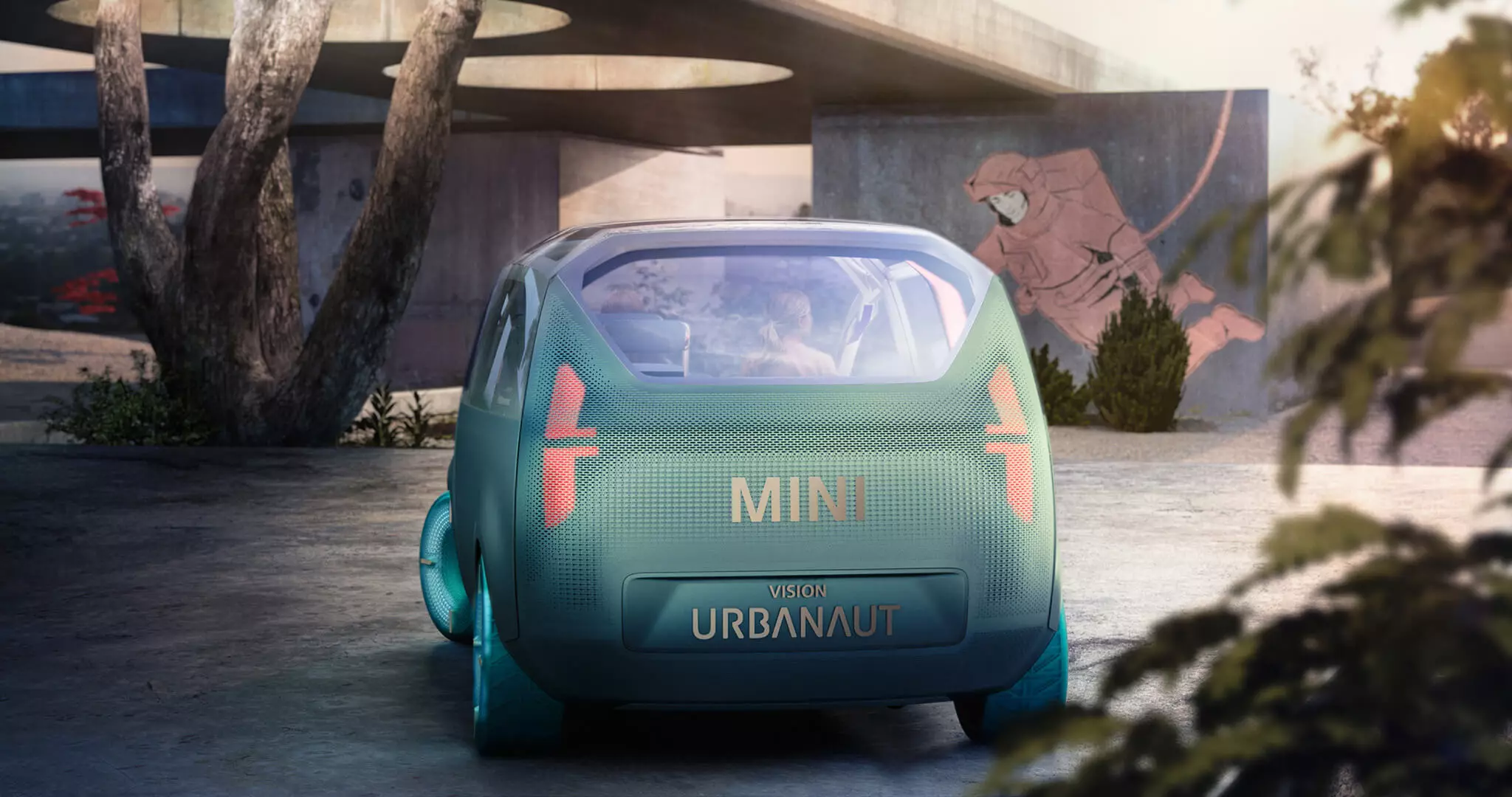
“Our aim was to show people everything they can do in the future with and in their car”, explains Oliver Heilmer, MINI's design director, who also highlights the unique nature of this project: “for the first time, the design team design was faced with the task of creating a car that was not primarily meant to be driven, but rather a space to be used as an extended habitat.”
Minivan form surprises
The first revolution is in the form of the monolithic bodywork measuring just 4.6 meters, which we are used to calling “minivans” in the automotive sector.
Subscribe to our newsletter
Purist design, stripped of creases in the gray-green bodywork (or grey-green, depending on the viewer and the surrounding light), with shapes and proportions that can recall two well-known and iconic Renaults, the original Twingo and the Espace.
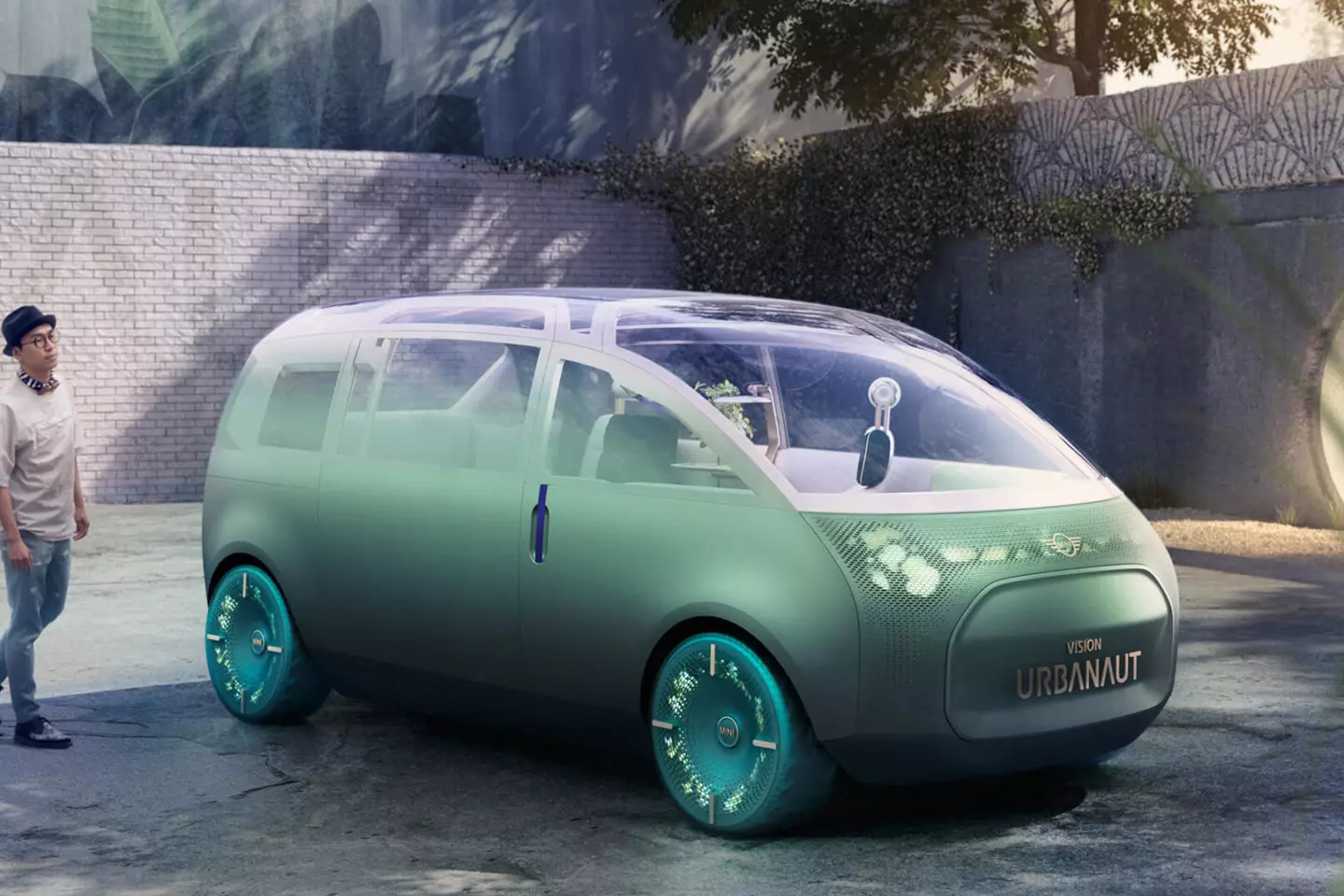
But it's a MINI, as we can also see in two usual elements of the British brand, albeit with a clear mutation: at the front we see the changing nature of this vision of the future, where the dynamic matrix design is projected into the front and rear headlights. display different multicolor graphics to suit each individual moment, also providing a new way of communication between the car and the outside world.
The headlights only become visible when the car is started, establishing a parallel with the living beings that, almost always, open their eyes when they wake up.
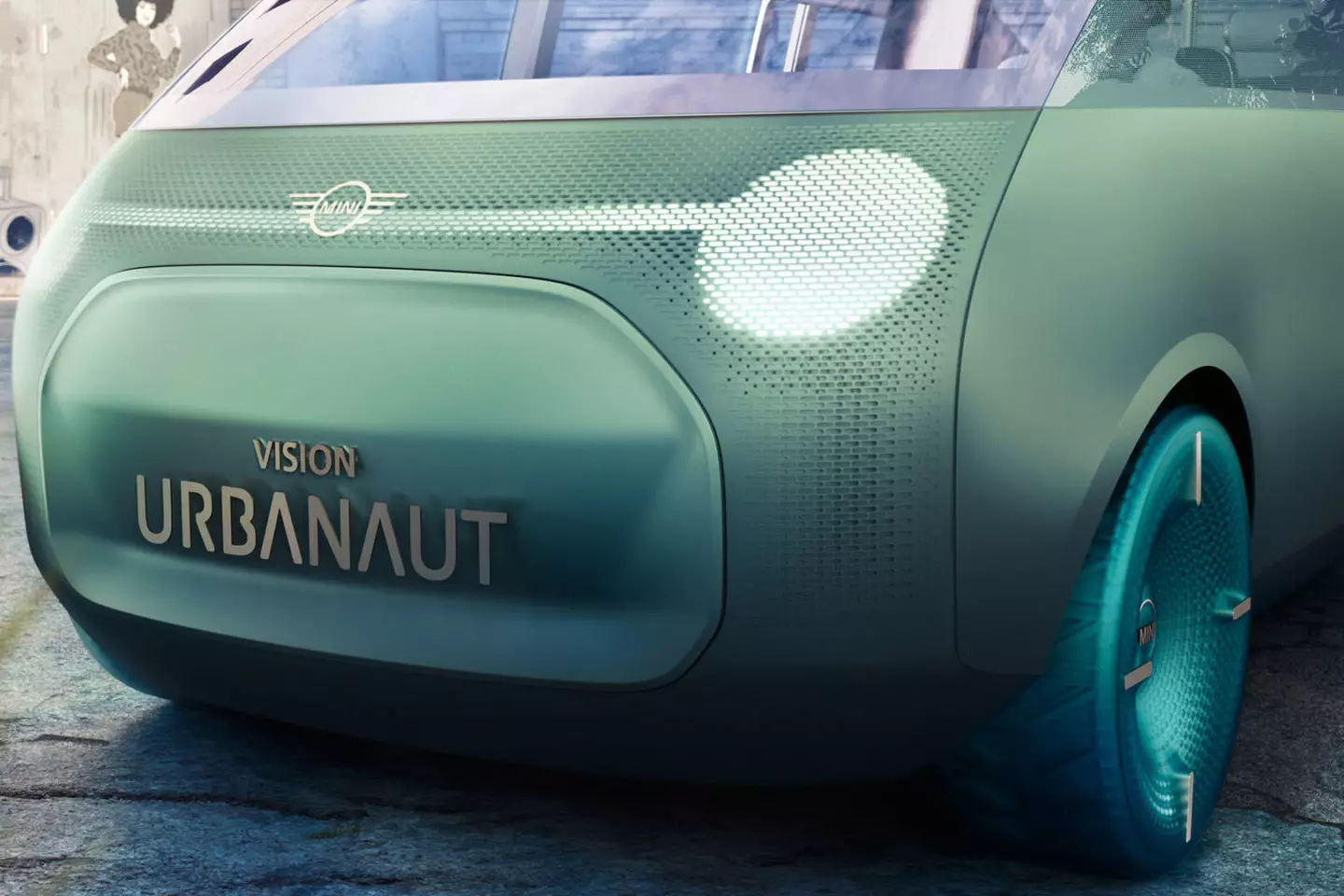
three different environments
The same “live” and “mutant” experience is evident in the MINI Vision Urbanaut's “skate wheels” — in the color Ocean Wave — transparent and illuminated from the inside, varying their appearance according to the “MINI moment”.

In total there are three: “Chill” (relax), “Wanderlust” (desire to travel) and “Vibe” (vibrant). The objective is to stimulate different moods that can mark the moments of driving and on board a car (by varying the smell, lighting, music and ambient light on board, in addition to the configuration of the space).
These various “states of mind” are chosen through a detachable round command (looking and sized similar to a polished relaxation stone), which has different attachment points on the central table, each triggering a distinct “MINI moment”.
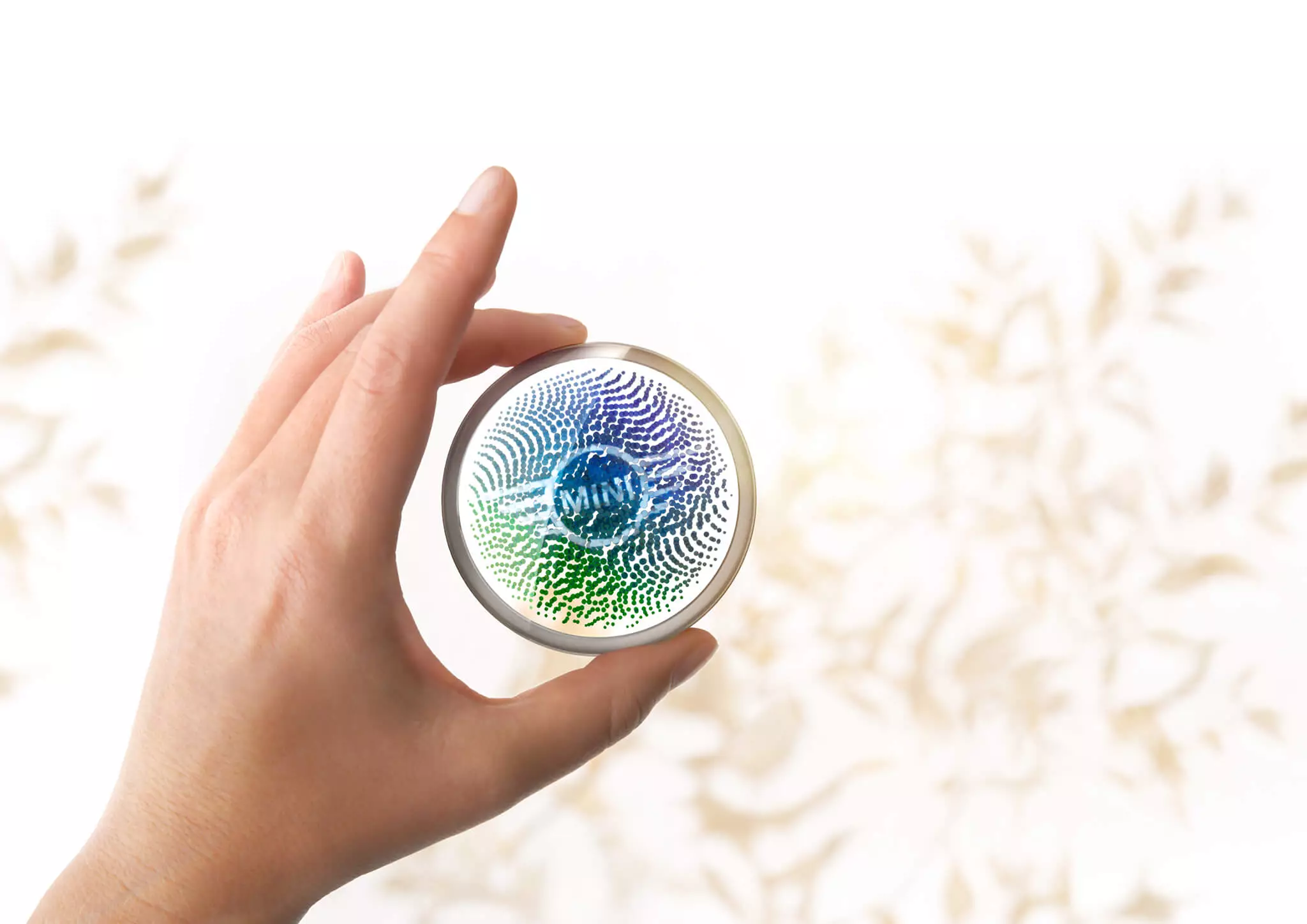
The “Chill” moment transforms the car into a kind of retreat or seclusion, a haven to relax — but seclusion can also serve to work with total concentration — during a trip.
As for the “Wanderlust” moment, it is the “time to leave”, when the driver can delegate autonomous driving functions to the MINI Vision Urbanaut or take the wheel.
Finally, the “Vibe” moment puts other people's time in the spotlight as the car opens to its fullest. There is also a fourth moment (“My MINI”) that can be configured to provide a personalized experience.
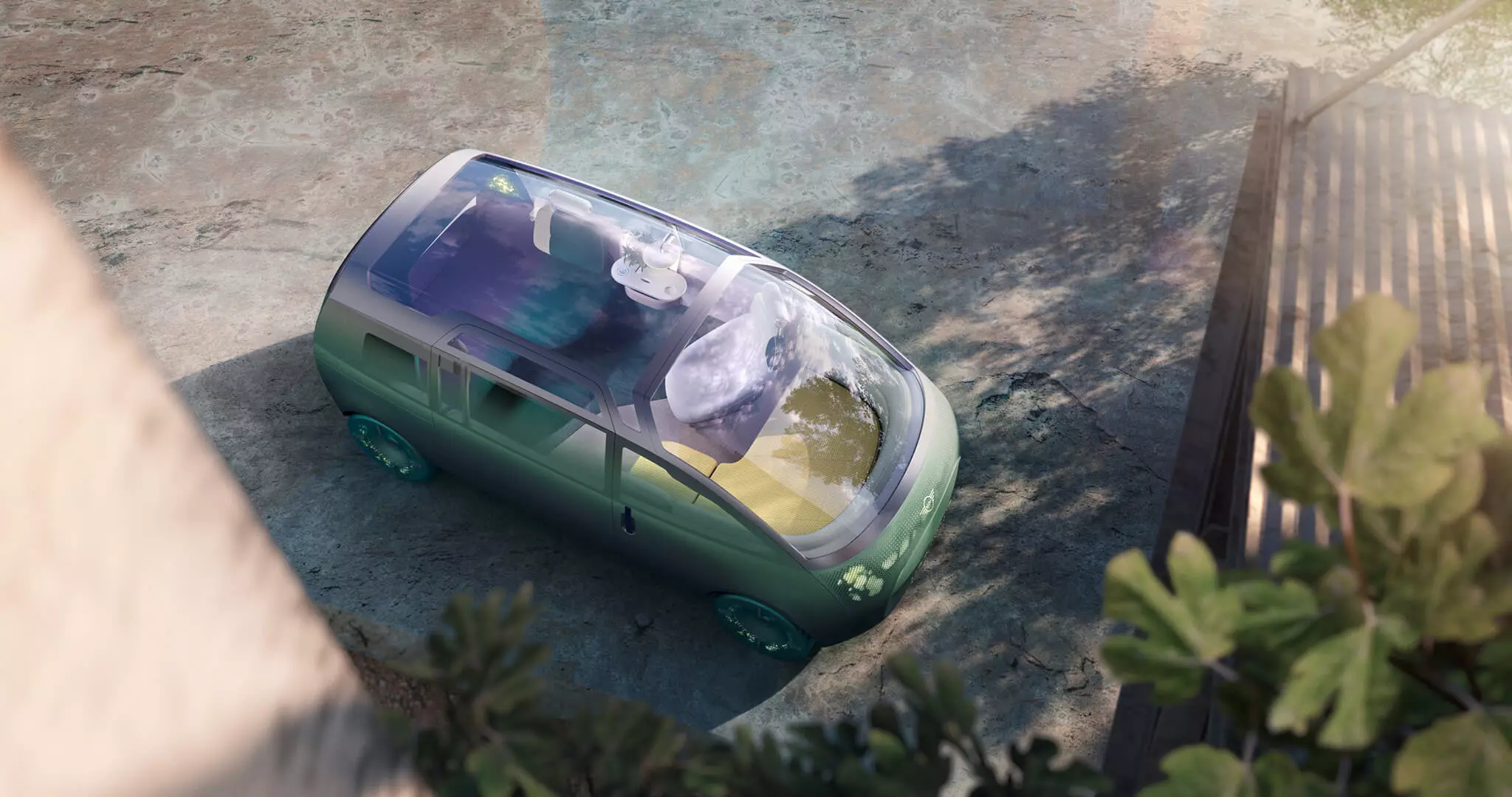
Car or living room?
Vision Urbanaut can be opened via a “smart” device such as a mobile phone. In keeping with your future mobility vehicle profile, it can be accessed by anyone in a defined circle of family and friends.
They can contribute or have access to enrich the appropriate playlists, audiobooks and podcasts at any time, or else concentrate on what the trip organizer shows, showing tips and points of interest personalized for each individual.
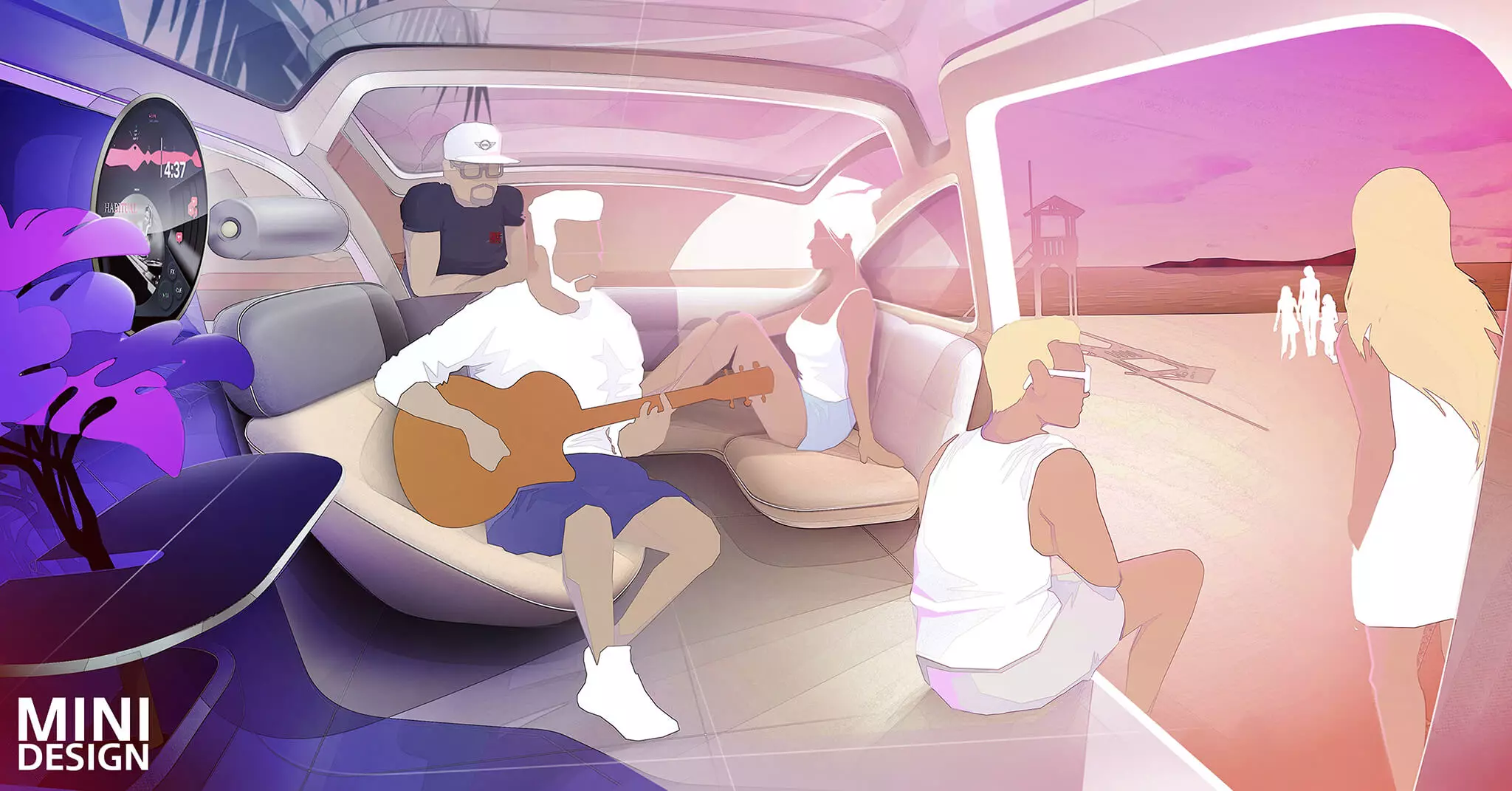
You enter through a single sliding door, on the right side, and the “living room” is designed to be used by up to four people (or more, when stationary). The interior presents itself as suitable for any trip, but also being part of the objective of the trip since, once it has arrived at its destination, it can be transformed into a conviviality area in a few simple steps.
When the car is stationary, the driver's area can become a comfortable resting area, the dash panel can be lowered into a “sofa bed” and the windshield can open to create a kind of “ balcony to the street”, all with the help of large rotating armchairs.
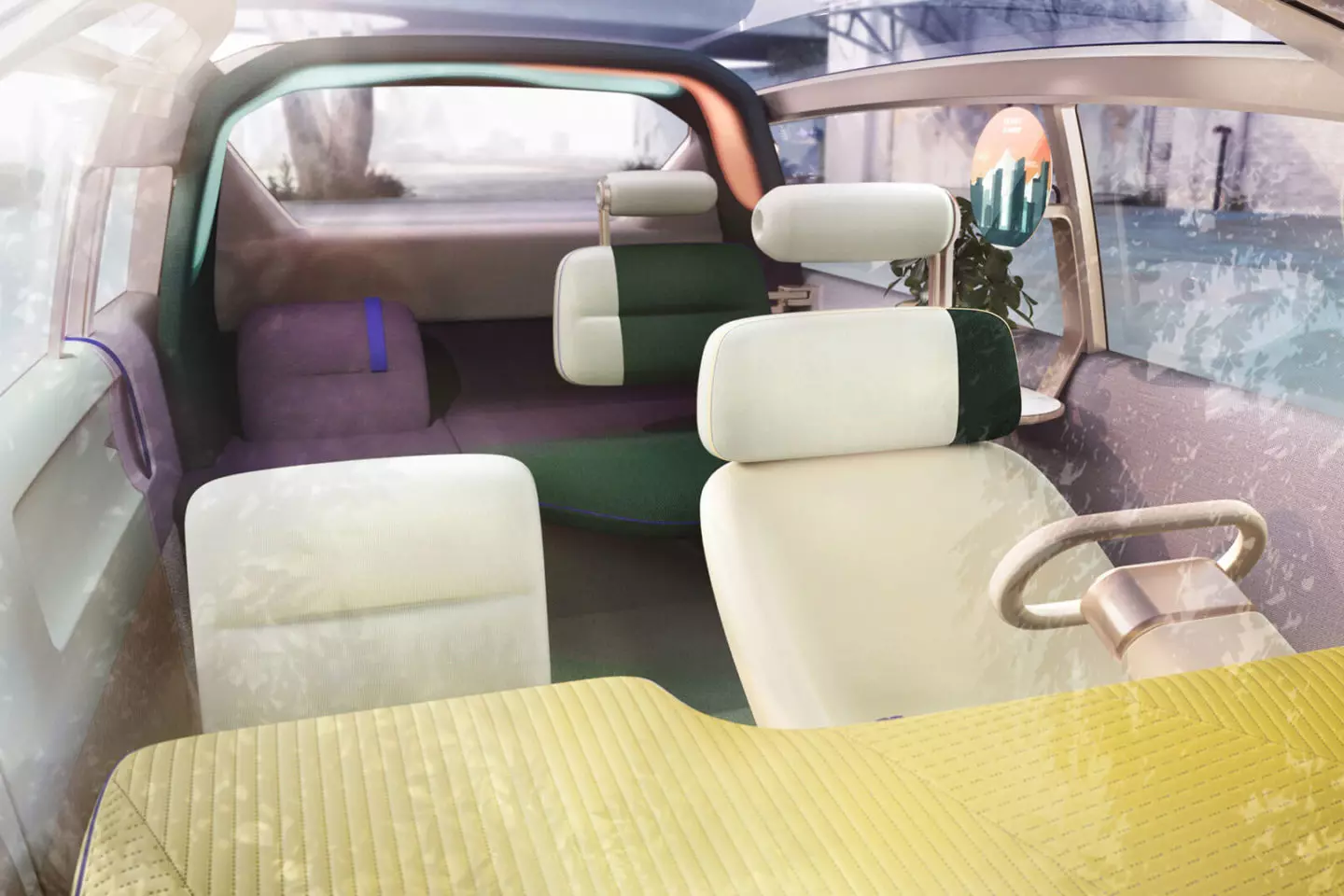
The “cozy nook” at the rear is the quiet area of this MINI. There, a fabric-covered arch extends over the seat, with the option of featuring an LED backlight and projecting images over the head of whoever sits or lies down there.
The lack of visible buttons promotes a “digital detox” effect and the use only of sustainable materials (there is no chrome or leather in this interior, but a wide use of fabrics and cork) confirms the modernity of this concept car.
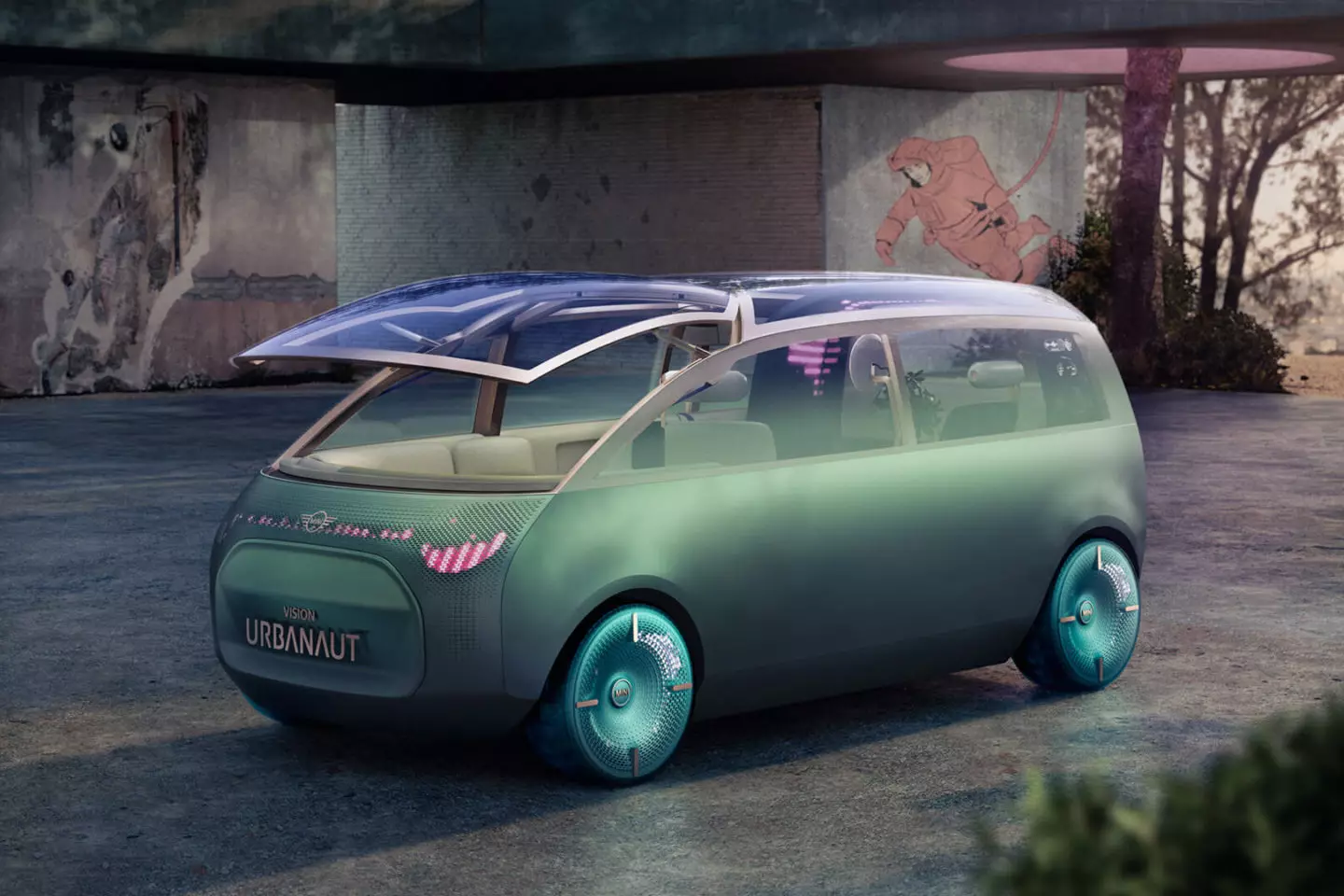
the nerve center
In the center of the cabin there is a clear area for quick access. This can also serve as an area for occupants to sit in when the MINI Vision Urbanaut is stationary, and can converge around a digital display that draws an analogy to traditional MINI circular instrumentation.
Despite this analogy, this display does not appear, as is traditional, in the center of the dashboard, but above that central table, being able to transmit information and entertainment and being visible to all occupants of the MINI Vision Urbanaut.
On the rear pillar, on the driver's side, there is an area where reminders of visited places, festivals or other events can be fixed in the form of pins or stickers, a bit as if they were collector's items on display in a window.
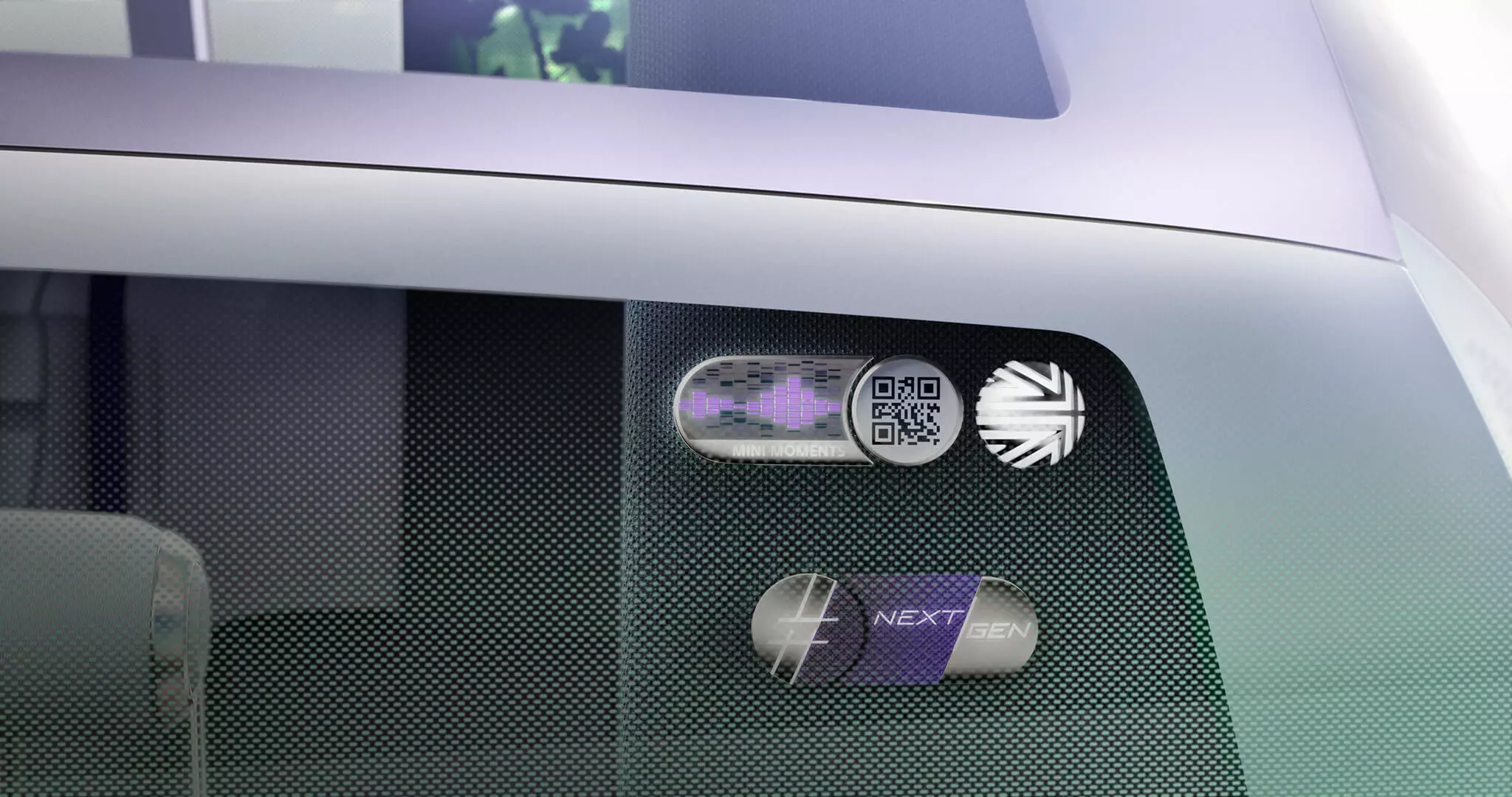
Creativity, which is an essential work tool for any designer, was even more necessary here because it was used not only in the object of work but also in the process itself.
As a product of our times, the confinement of society, which began in the middle of the design process, forced many more tasks to be carried out virtually and in a kind of mixed reality.
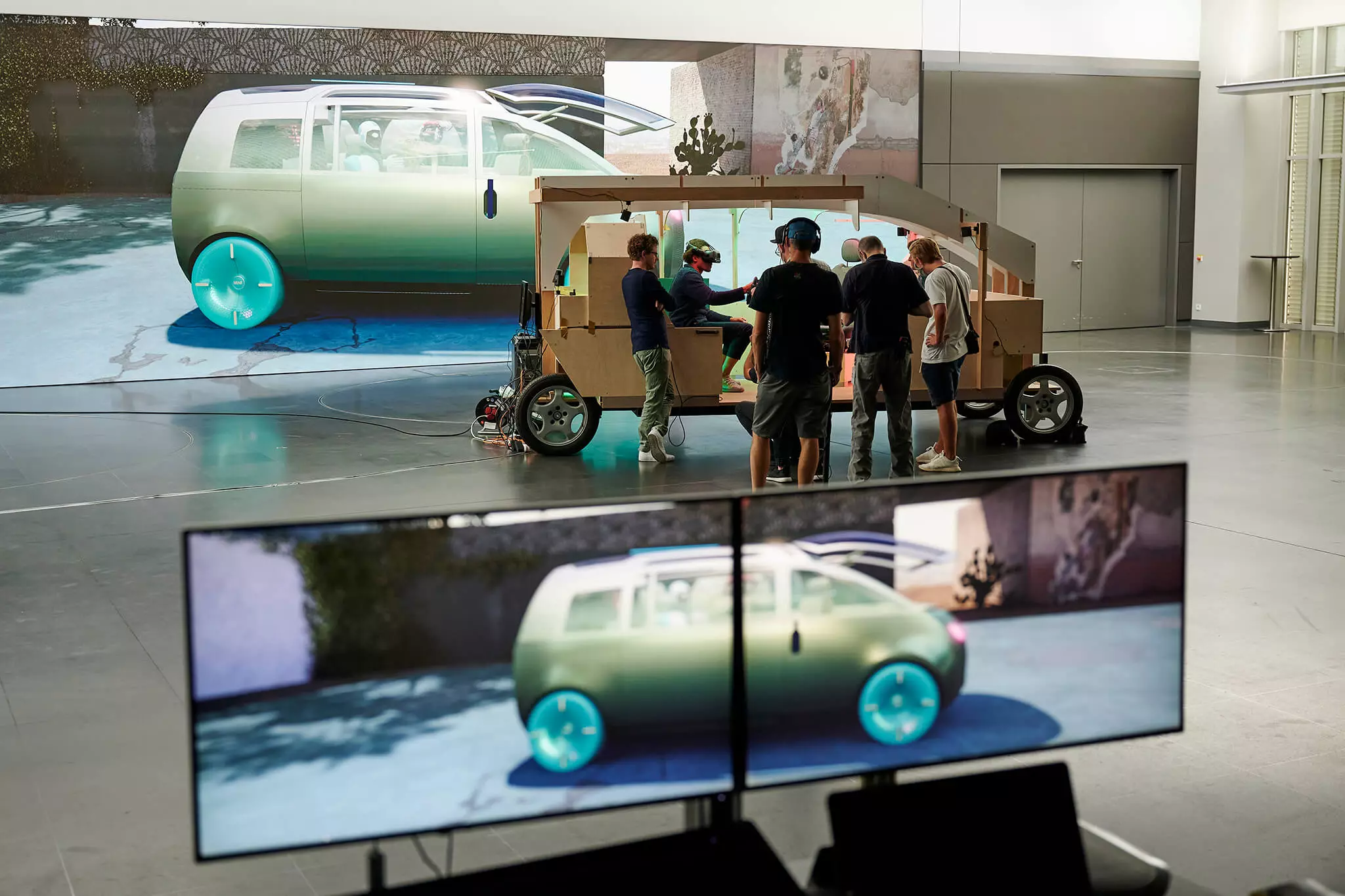
Of course this MINI Vision Urbanaut is 100% electric and has advanced autonomous driving functions (the steering wheel and digital instrument panel disappear in robot-mode), but these are technical elements that, more than not being made known by the English brand , will not even be fully defined.
